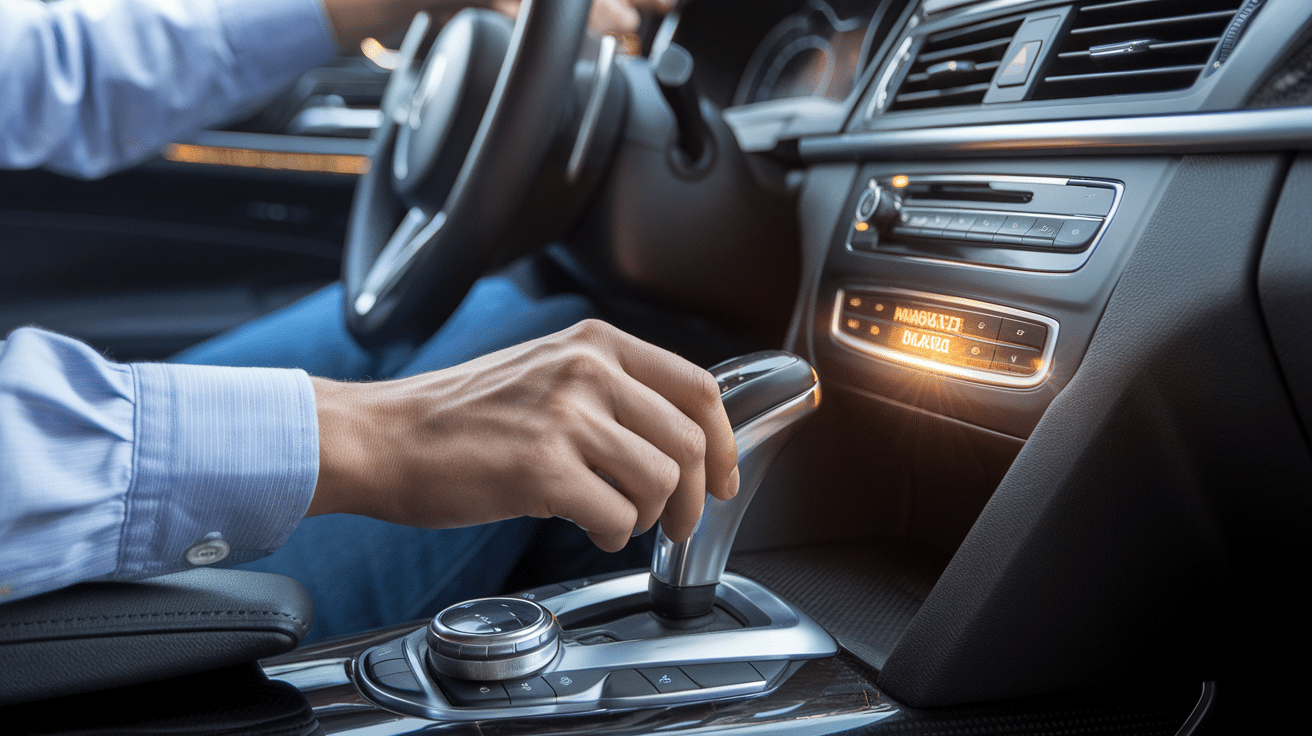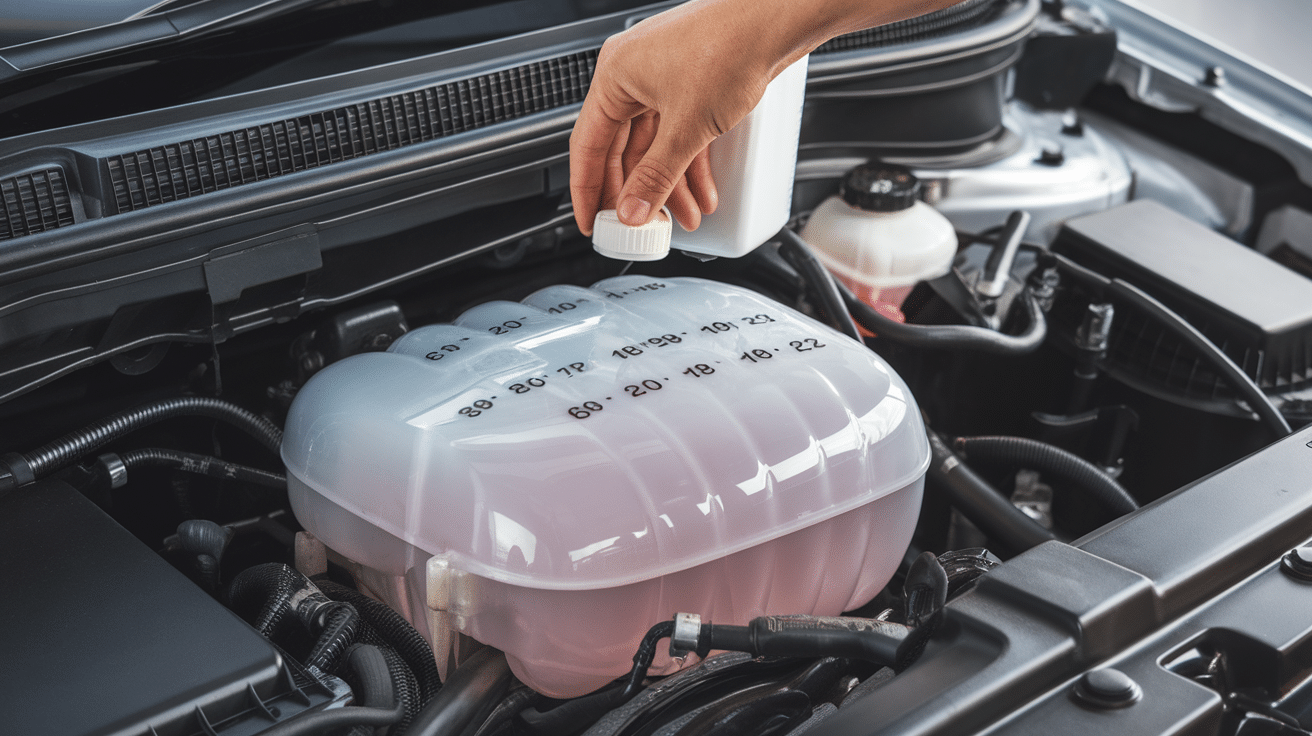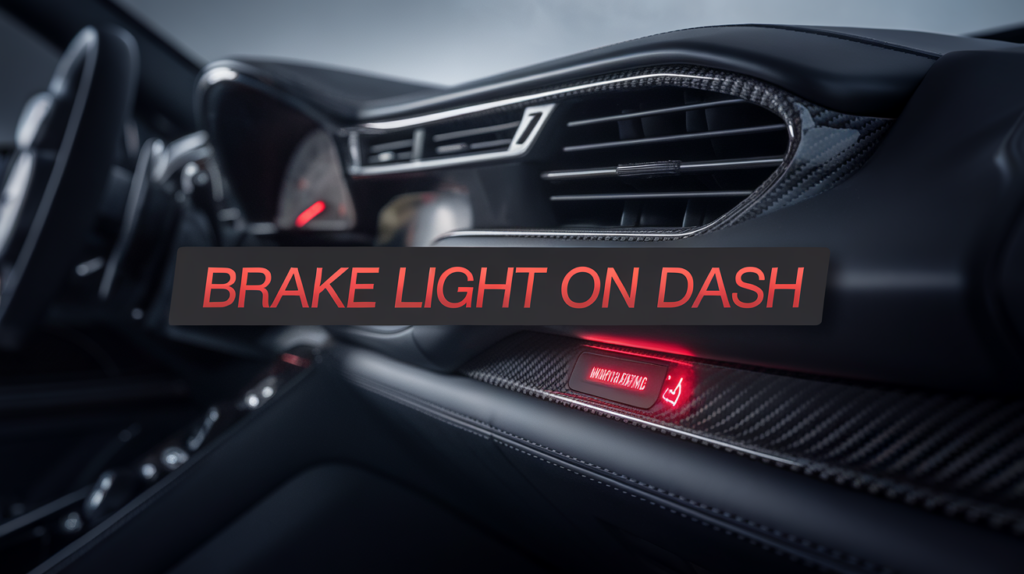The brake light on the dashboard is an important warning sign that should not be ignored.
It signals that there may be an issue with the braking system, which could affect safety and performance.
This light can turn on for several reasons. It may indicate low brake fluid, worn brake pads, or a problem with the braking system.
Sometimes, it may also appear due to an engaged parking brake or a faulty sensor.
Understanding why the brake light is on can help prevent further damage and keep your vehicle safe.
Checking the cause early and taking action can save time and money on repairs.
If the light stays on, inspect the braking system or seek professional help.
Common Reasons Why a Brake Light Stays On

A brake light on the dashboard can indicate different problems, ranging from simple fixes to more serious issues.
Identifying the exact cause helps ensure safe driving and prevents further damage to the braking system.
Below are some of the most common reasons why the brake light remains on.
Parking Brake is Engaged
The dashboard light may stay on even if the parking brake is slightly engaged.
This happens because most vehicles have a sensor that detects the position of the parking brake.
To fix this, check if the parking brake is fully disengaged.
If the light remains on after release, an issue with the parking brake cable or sensor may need further inspection.
Low Brake Fluid Levels
Brake fluid plays a key role in the braking system by transmitting force from the pedal to the brake components.
When the fluid level is too low, it can affect braking efficiency and trigger the warning light.
Signs of low brake fluid include a soft or spongy brake pedal, slow braking response, and visible leaks under the vehicle.
Locate the reservoir under the hood to check the fluid and ensure the level is within the recommended range.
If the fluid is low, refilling it may help, but if the issue persists, a leak or worn brake components may be the cause.
ABS System Malfunction
The anti-lock braking system (ABS) prevents wheel lockup during sudden stops, improving control on slippery surfaces.
If the ABS malfunctions, it may cause the brake warning light to stay on.
A faulty ABS can lead to longer stopping distances and reduced braking stability. Common causes include damaged sensors, broken wiring, or issues with the ABS module.
If the ABS light stays on alongside the brake warning light, professional diagnostics may be needed to pinpoint the problem.
Worn Brake Pads or Rotors
Brake pads and rotors wear down over time, and many vehicles have sensors that trigger a dashboard warning when the pads reach a certain thickness.
Symptoms of worn-out brake pads include squeaking noises, longer stopping distances, and a pulsating brake pedal.
Rotors can also become uneven, leading to vibrations when braking. If the pads are worn, replacing them is the best option.
Resurfacing may work in some cases for rotors, but replacing them is recommended if they are too thin or heavily damaged.
Brake Light Bulb Failure
Some modern vehicles have a warning system that alerts drivers when a brake light bulb is out. This feature ensures proper visibility and safety on the road.
To check for a burnt-out bulb, have someone press the brake pedal while observing the rear lights. If a bulb is not working, replacing it with a matching model usually fixes the issue.
Faulty Brake Sensors
Brake sensors monitor different parts of the braking system and trigger warnings when issues are detected.
However, dirt or damage can cause false warnings, making the brake light stay on.
Cleaning or replacing the affected sensor may solve the problem if no mechanical issues are found.
Some sensors require recalibration after replacement, which may need professional assistance.
Electrical or Fuse Issues
Blown fuses or wiring problems can also cause the brake light to stay on. Electrical faults can disrupt communication between the brake system and the dashboard, leading to incorrect warnings.
Checking the vehicle’s fuse box can help identify blown fuses, which can be replaced with a fuse of the same rating.
If wiring damage is suspected, a mechanic may be needed to inspect and repair the connections.
How to Diagnose a Brake Light Warning
A brake warning light can indicate different problems, from minor fixes to serious brake system failures.
Diagnosing the issue early helps ensure safety and prevents costly repairs.
Below are steps to identify the cause of a brake light warning.
Checking for Simple Fixes First

Before assuming a serious problem, start with simple checks.
- Ensure the parking brake is fully disengaged. Even a slightly engaged parking brake can trigger the warning light.
- Restart the vehicle to see if the warning resets. Some brake lights may remain on temporarily due to sensor errors but turn off after restarting.
A deeper inspection is needed if the light remains on after these steps.
Inspecting the Brake Fluid Reservoir

Brake fluid plays a crucial role in the braking system, and low levels can trigger the warning light.
- Locate the brake fluid reservoir under the hood, usually near the back of the engine bay.
- Check the fluid level against the reservoir’s markings. If the fluid level is below the minimum level, there may be a leak or worn brake components.
- If topping off the fluid, use the correct type recommended in the owner’s manual. However, if fluid levels drop again quickly, a professional inspection is necessary.
Testing the Brake Pedal for Pressure Loss

A brake pedal that feels soft, spongy, or slow to respond may indicate a serious issue.
- Press the brake pedal firmly and observe if it sinks too easily. This could signal a brake fluid leak or air in the brake lines.
- If the pedal requires pumping to build pressure, there may be a failing master cylinder.
- Any noticeable delay in braking response should be addressed immediately to prevent unsafe driving conditions.
Looking for Signs of Wear on Brake Pads and Rotors

Worn brake components can trigger warning lights and affect stopping power.
- Visually inspect the brake pads through the wheel spokes. Replacement is needed if they appear too thin (less than ¼ inch).
- Check the rotors for grooves, cracks, or discoloration, which indicate uneven wear or overheating.
- Listen for squeaking, grinding, or pulsating sensations when braking, as these are signs of worn pads or damaged rotors.
Identifying Electrical or ABS System Issues

Sometimes, the brake warning light is caused by electrical faults rather than mechanical problems.
- Check the fuse box for blown fuses related to the brake system. If a fuse is blown, replace it with the correct rating.
- Inspect wiring and connectors near the brake system for signs of corrosion or damage.
- If the ABS light is also on, the issue may involve a malfunctioning ABS module or sensor, which requires professional diagnosis.
Following these steps, drivers can determine if the brake warning light is a minor issue or requires professional attention.
Regular inspections and maintenance help prevent unexpected brake failures.
How to Fix a Brake Light That Won’t Turn Off
A brake warning light that stays on can indicate an issue with the braking system. Addressing the problem quickly ensures safe driving and prevents further damage.
Below are some common fixes to resolve the issue.
Refilling or Flushing Brake Fluid
Brake fluid is essential for proper braking performance. Low levels can trigger the warning light and reduce braking efficiency.
- Park the vehicle on a level surface and turn off the engine.
- Locate the brake fluid reservoir near the back of the engine bay.
- Check the fluid level against the minimum and maximum markings.
- If low, add the recommended type of brake fluid to the correct level.
- A full flush may be necessary if the fluid appears dark or dirty. This removes old fluid and prevents contamination from affecting braking performance.
Replacing Worn Brake Pads and Rotors
Worn brake components can trigger the brake light. Replacing them restores stopping power and prevents further damage.
- Remove the wheel to access the brake caliper.
- Unbolt the caliper and slide out the worn brake pads.
- Insert new pads and secure the caliper back in place.
- If rotors are worn or have deep grooves, consider resurfacing them.
- If rotors are too thin, replacing them is the best option.
Fixing Electrical Problems
Electrical issues, such as faulty wiring or a blown fuse, can cause the brake light to stay on.
- Inspect the brake light wiring for damage or loose connections.
- If wires are frayed, replace or secure them properly.
- Check the vehicle’s fuse box for a blown brake light fuse.
- Replace the fuse with one of the same rating if necessary.
Resetting the Brake Warning Light
Once the issue is fixed, the brake light may need to be reset manually or with a diagnostic tool.
- Some vehicles allow resetting by turning the ignition on and off multiple times.
- Disconnecting the battery for a few minutes may clear the warning.
- If the light remains on, a professional scan tool can reset the system and check for any remaining issues.
Addressing these issues promptly helps maintain safe braking performance. A professional inspection may be necessary if the light stays on after these steps.
Preventing Future Brake Light Issues
Keeping the brake system in good condition helps avoid unexpected warning lights.
Regular maintenance ensures the braking system stays reliable and works properly over time.
Routine Brake Inspections
Checking the brakes regularly helps catch wear before it affects performance. Brake pads and rotors should be inspected every 10,000 to 15,000 miles or as the manufacturer recommends.
Signs of wear include thinning brake pads, uneven wear, or deep grooves in the rotors.
Brake lines should also be checked for leaks. Even small leaks can reduce braking power and cause warning lights to turn on.
If you hear squeaking or grinding noises when braking, it may be time to replace the brake pads.
Keeping Brake Fluid at the Right Level
Brake fluid plays a key role in maintaining braking performance. It should be checked monthly or during routine oil changes.
The fluid should be clear or light amber in color. If it appears dark or dirty, it may need replacement.
Brake fluid should be replaced every two to three years or as recommended in the vehicle manual.
If fluid levels drop frequently, a leak in the braking system may need immediate attention. Always use the correct type of brake fluid to avoid compatibility issues.
Monitoring ABS System Performance
The ABS system helps prevent wheel lockup during sudden braking. If the ABS warning light turns on and off intermittently, it could indicate a loose sensor or wiring issue.
One way to test the ABS system is by braking on a loose or slippery surface to see if it activates properly.
If the warning light stays on continuously, a professional scan of the system may be needed to diagnose the issue.
Replacing Brake Light Bulbs as Needed
Faulty brake lights can trigger a dashboard warning and create a safety risk. Regularly checking the brake lights ensures they are working correctly.
To test them, have someone press the brake pedal while you inspect the rear lights. If a light is out, replace the bulb as soon as possible.
Many modern vehicles have an indicator on the dashboard that alerts drivers to a burnt-out brake light.
When replacing bulbs, ensure they match the correct wattage and type for your vehicle. Keeping the brake lights in good condition helps prevent confusion on the road and ensures safety while driving.
Conclusion
A brake warning light can signal different issues, from a simple parking brake mistake to serious problems like low brake fluid or worn-out components.
Identifying the cause early helps prevent bigger issues affecting braking performance and safety.
Ignoring a brake light warning can lead to dangerous driving conditions.
Regular inspections of brake pads, rotors, fluid levels, and the ABS system ensure the braking system works correctly.
Timely repairs prevent costly damage and keep the vehicle running safely.
Keeping up with routine maintenance, such as checking fluid levels and replacing worn-out parts, helps avoid unexpected warning lights.
A well-maintained braking system provides reliable stopping power, ensuring a safer driving experience for you and others on the road.
Frequently Asked Questions
Can I Drive with The Brake Warning Light On?
Driving with the brake warning light on is not recommended. It could indicate low brake fluid, worn-out brake pads, or a more serious issue. Stop safely and inspect the brakes before continuing to drive.
How Do I Reset the Brake Light on My Dashboard?
First, ensure the parking brake is fully released. Check brake fluid levels and top off if needed. If the light remains on, disconnect the battery for a few minutes or use an OBD2 scanner to reset it.
What Does It Mean if My Abs and Brake Light Are Both On?
If both lights are on, the ABS system may have a fault or a brake fluid issue. A professional inspection is recommended to determine if the problem is with the ABS sensors, brake lines, or master cylinder.
How Often Should I Check My Brake Fluid?
Brake fluid should be checked at least every six months or during routine maintenance. If the fluid appears dark or dirty, it may need to be flushed and replaced to ensure proper brake function.
What Should I Do if My Brake Light Comes On And Off Randomly?
Fluctuating brake fluid levels, a loose sensor, or an electrical issue could cause a flickering brake light. Checking fluid levels and inspecting the brake system for leaks or sensor problems can help identify the cause.


